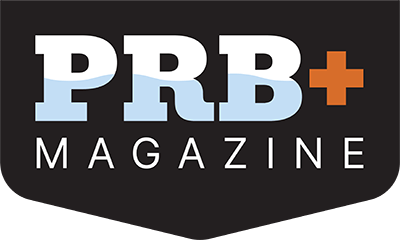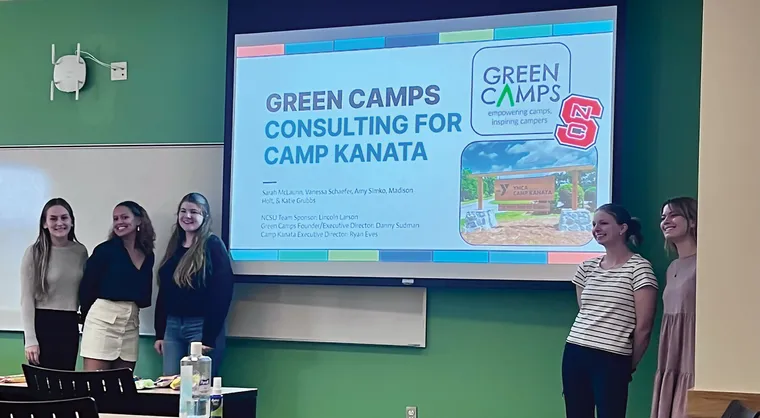Building a sustainable camp culture
Imagine sustainability as a massive LEGO set—a collection of colorful bricks, each representing a resource that helps build a sustainable model. Unlike traditional LEGO sets with clear instructions, sustainability is an evolving process that varies from camp to camp due to differences in location, resources, and organizational priorities. Most of us are working with a mix of pieces—limited budgets, minimal buy-in, and limited knowledge about best practices for sustainability. But with creativity and determination, we can still create something meaningful.
What motivates directors to make camps more sustainable? Is it saving money, educating campers, attracting camper families who prioritize sustainability, responding to staff requests, or addressing pressure from key stakeholders? Whatever the motivation, leaders should start by collecting data. This action can help avoid wasting time, energy, and money—resources that could be more effectively utilized with the information gained from conducting a Green Needs Assessment.


